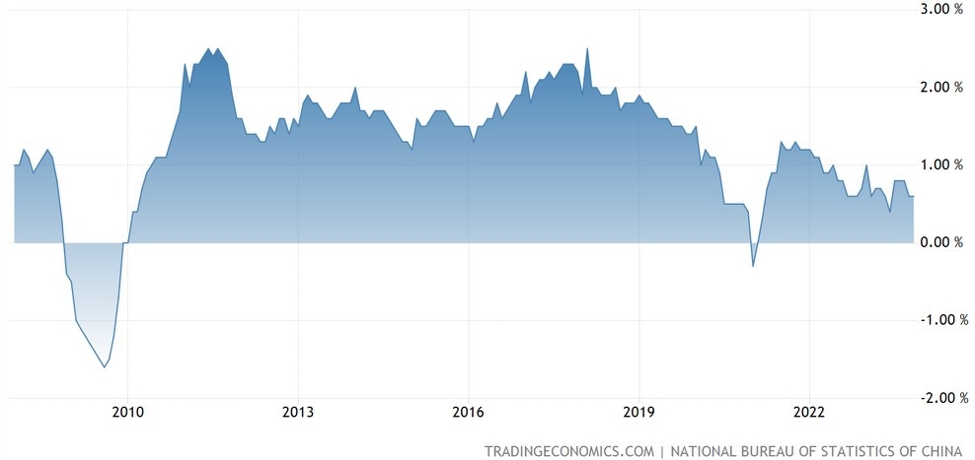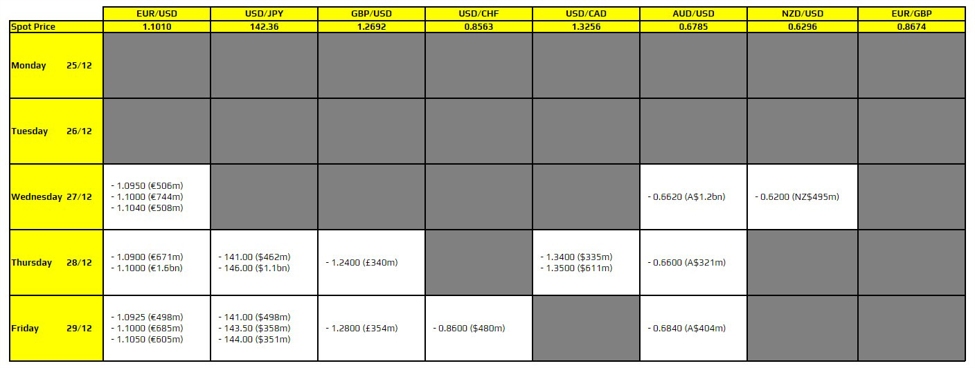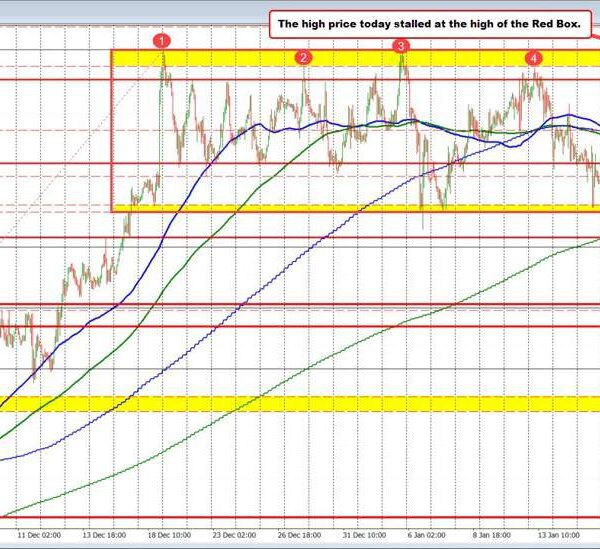Learn Advanced Option Spreads: Iron Condors, Butterflies & Multi-Leg Mastery
As your stock options education progresses, it’s time to explore advanced spread strategies—tools that allow you to express market-neutral or range-bound views with defined risk and enhanced premium collection. This guide focuses on iron condors and butterfly spreads, powerful setups for traders who have a grasp on verticals and are ready to add complexity for higher precision.
These strategies are ideal for traders who:
-
Want to profit from sideways markets
-
Prefer defined risk and reward
-
Are learning options with a methodical, rules-based approach
Iron Condor: Range-Bound Profit Machine
Learn the Condor in Options
An iron condor combines a bull put spread and a bear call spread, creating a neutral strategy that profits when the stock stays within a specific range.
Structure:
All options share the same expiration. The goal is for the stock to remain between strike A and strike C by expiration.
Example:
Stock XYZ is trading at $100.
-
Sell $95 put for $1.00
-
Buy $90 put for $0.50
-
Sell $105 call for $1.00
-
Buy $110 call for $0.50
-
Net Credit = $1.00
Max Profit: $1.00 (if XYZ stays between $95 and $105)
Max Loss: $4.00 (spread width $5 – $1 credit)
Why It Works:
-
Profits from time decay and range-bound price behavior
-
Defined risk on both sides
-
Can be adjusted (rolled) as market moves
Butterfly Spread: Low-Cost, High-Precision Strategy
The butterfly is a tightly focused range trade using three strikes, designed to profit when the stock lands near the middle strike at expiration.
There are two common types:
-
Call Butterfly (used in bullish or neutral markets)
-
Put Butterfly (used in bearish or neutral markets)
Structure (Call Butterfly):
-
Buy one lower-strike call
-
Sell two middle-strike calls
-
Buy one higher-strike call
Example:
Stock ABC is trading at $50.
Max Profit: $1.80 (if ABC closes at $50)
Max Loss: $0.20 (initial cost)
Why It Works:
-
Extremely low-cost strategy
-
Defined risk/reward with a high payout potential
-
Perfect for range-bound earnings plays or event-driven setups
Which Strategy to Choose?
| Market Outlook | Strategy | Capital Required | Best Case Outcome |
|---|---|---|---|
| Neutral | Iron Condor | Moderate | Stock remains in range |
| Pinpoint Neutral | Butterfly Spread | Low | Stock expires at center |
| Slight Trend | Diagonal Spread | Moderate | Price touches short strike |
Tips for Learning and Using Advanced Spreads
-
Set Alerts Near Outer Strikes: Be proactive about adjustments
-
Trade High-Volume Underlyings: Reduces slippage and improves fill rates
-
Avoid Low IV Environments for Premium Selling
-
Exit Early When Profits Reach 60-70% of Max Potential
Common Pitfalls for Beginners
-
Forgetting Assignment Risk: Short options close to expiration may be exercised
-
Misjudging Volatility: Iron condors struggle in breakout markets
-
Ignoring Commissions: Multi-leg strategies can rack up fees on small accounts
Wrapping Up: Elevating Your Options Trading 101 Toolkit
Iron condors and butterfly spreads give options traders powerful range-bound income strategies with defined risk and measurable probability. Mastering these tools can significantly enhance your options trading playbook.
Once comfortable, you can experiment with broken-wing butterflies, double diagonals, and iron butterflies—further variations that offer nuanced control and payout flexibility.
Continue your stock options education with us at ForexLive.com (to evolve to investingLive.com later this year), where traders of all levels learn options with practical examples, clear strategy, and a commitment to real-world success.
ForexLive.com
is evolving into
investingLive.com, a new destination for intelligent market updates and smarter
decision-making for investors and traders alike.















